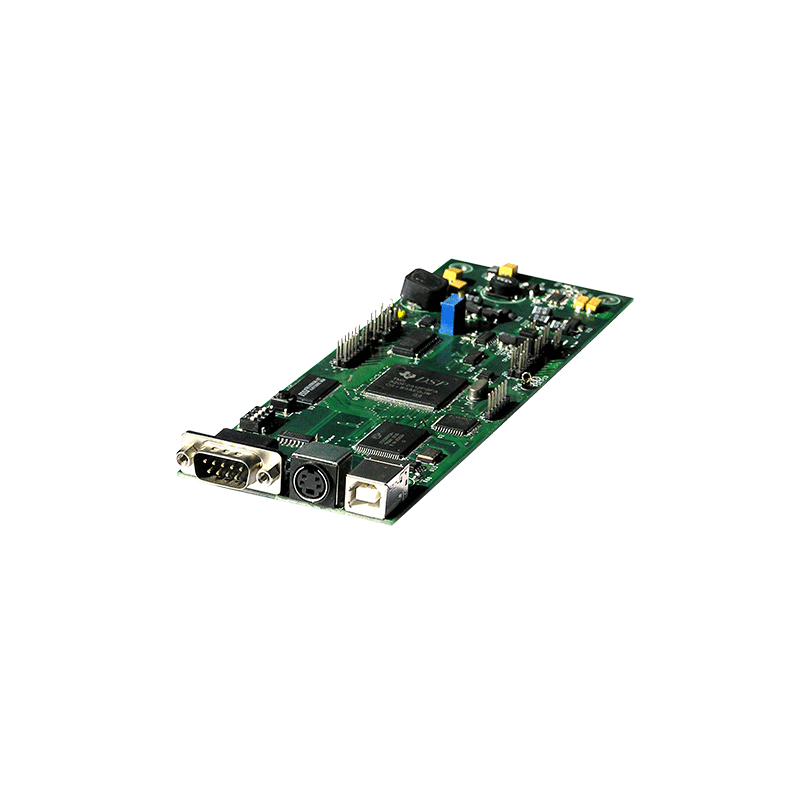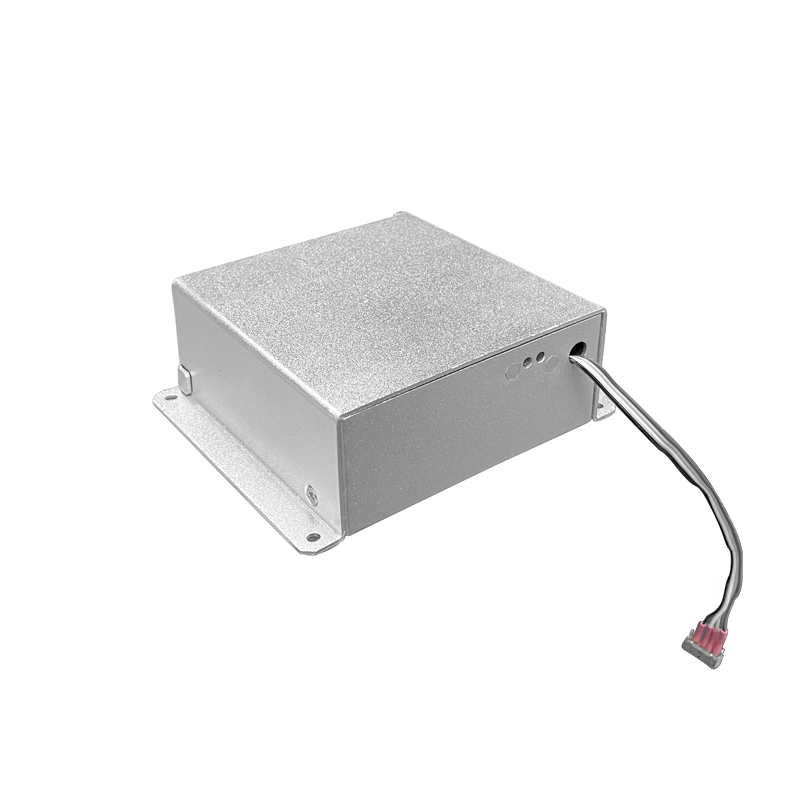Voltage Tracking Performance of Low-Ripple High-Voltage Power Supplies and Its Applications
1. Technical Definition and Core Challenges
Voltage tracking refers to a power supply's ability to maintain stable output voltage through rapid adjustment mechanisms when faced with dynamic load changes or input fluctuations. Combined with low-ripple performance (typically requiring a ripple coefficient below 0.01%), this characteristic forms the core benchmark for precision high-voltage power supplies. Achieving synergistic optimization of both requires breakthroughs in:
1. High-frequency Inverter Topology: Multi-stage LC filtering and soft-switching technologies reduce switching losses while suppressing high-frequency noise.
2. Dynamic Feedback Control: Microsecond-level closed-loop systems using digital signal processors (DSP) monitor load impedance changes and adjust voltage ratios in real time.
3. Parasitic Parameter Mitigation: Distributed shielding and dielectric material optimization minimize distribution capacitance to the pF level, preventing voltage drift caused by capacitive coupling.
2. Performance Requirements in Key Applications
1. Medical Imaging Systems
For X-ray tube driving in CT scanners, instantaneous current fluctuations exceeding 50% demand that ripple amplitude remains within ±5V within 10ms. Voltage tracking must compensate for impedance changes caused by target material ablation.
2. Semiconductor Ion Implantation
During beam current adjustments, the power supply must achieve 0.1%-100% voltage regulation within 1μs while maintaining ripple below 30mVp-p. Delays exceeding 2μs increase wafer defect rates by 0.3%.
3. Material Surface Processing
In electrospinning, nonlinear conductivity variations in polymer solutions require 0.01% voltage resolution. Adaptive PID algorithms reduce fiber diameter standard deviation from 1.2μm to 0.3μm.
3. Technological Evolution and Innovation Pathways
1. Wide-Bandgap Semiconductor Devices
Silicon carbide (SiC) MOSFETs operating at 10× the switching frequency of traditional IGBTs, combined with 3D integrated magnetics, increase power density to 50W/in³ while reducing harmonic distortion by 30%.
2. AI-Enhanced Control Systems
Deep reinforcement learning models predict load trends 500ms in advance. Experimental systems show transient recovery time improvement from 120μs to 45μs.
3. Multi-Physics Coupling Design
Electromagnetic-thermal-mechanical co-simulation platforms optimize dielectric withstand voltage distribution. A 400W/30kV prototype demonstrated 18% higher partial discharge inception voltage and extended lifespan to 30,000 hours.




















